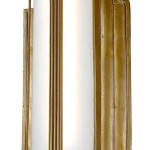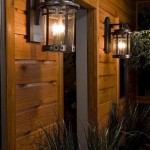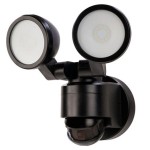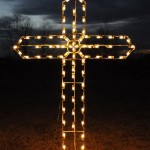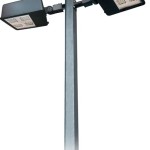How to Make Outdoor Furniture Covers
Protecting outdoor furniture from the elements prolongs its lifespan and maintains its appearance. Creating custom-made covers offers a tailored fit and allows for specific material choices to suit individual needs and climates. This article provides a comprehensive guide to constructing outdoor furniture covers.
Materials Required: The choice of fabric is paramount. Waterproof and UV-resistant materials are crucial for effective protection. Popular choices include polyester, vinyl, and canvas. Consider the climate; heavier, more durable fabrics are recommended for harsh winters, while lighter, breathable options are suitable for milder climates. Other necessary materials include measuring tape, scissors, heavy-duty thread, sewing machine (optional but recommended), pins, and grommets (optional).
Measuring the Furniture: Accurate measurements are essential for a well-fitting cover. Measure the furniture's length, width, and height at its widest points. Add several inches to each measurement to allow for seams and a comfortable fit. For complex shapes, consider creating separate covers for different sections. Documenting these measurements prevents errors during the cutting process.
Pattern Creation: For simple rectangular or square pieces, drawing the pattern directly onto the fabric is sufficient. Use a tailor's chalk or washable marker to outline the dimensions based on the recorded measurements. For more complex shapes, create a paper pattern first. This allows for adjustments and ensures a more accurate fit. Newspaper or large sheets of paper can be used for this purpose. Tape sections together as needed and test the paper pattern on the furniture before cutting the fabric.
Cutting the Fabric: After finalizing the pattern, lay the fabric out on a flat surface. Place the pattern on top and carefully cut around it using sharp scissors. Ensure the fabric remains taut and wrinkle-free during cutting to prevent inaccuracies. If using a patterned fabric, pay attention to the direction of the pattern for a consistent look.
Sewing the Cover: A sewing machine significantly simplifies the process, but hand-sewing is also feasible. Pin the fabric pieces together, right sides facing, along the marked lines. Use a heavy-duty needle and thread appropriate for the chosen fabric. A straight stitch is typically sufficient for most seams. For added durability, consider double stitching the seams. Leave an opening for access if desired.
Finishing Touches: Once the main seams are complete, turn the cover right side out. Hem the edges to prevent fraying and provide a clean finish. A double-folded hem is recommended for added strength. Ironing the seams and hems can provide a more polished look. Consider adding ties or drawstrings for a secure fit. These can be made from extra fabric or purchased separately.
Optional Features: Grommets can be added along the bottom edge for drainage and to prevent water accumulation. These are particularly useful in areas with high rainfall. Air vents can also be incorporated to reduce condensation and prevent mildew. These can be simple slits covered with mesh fabric. Handles can be added for easier removal and storage of the cover.
Maintaining the Covers: Regular cleaning of the covers is important for their longevity. Brush off any loose debris and wash them with mild soap and water. Avoid using harsh chemicals or abrasive cleaners. Allow the covers to dry completely before storing them. Proper storage prevents damage and extends their lifespan. Store the covers in a clean, dry location, away from direct sunlight and moisture.
Fabric Considerations: Different fabrics offer varying levels of protection and durability. Solution-dyed acrylics are known for their colorfastness and resistance to fading. Marine-grade vinyl is highly waterproof and durable but can be less breathable. Canvas offers good breathability but may require more frequent waterproofing treatments. Researching the specific properties of each fabric type is recommended before making a selection.
Sewing Techniques: While a basic straight stitch is sufficient for most seams, other techniques can enhance the durability and appearance of the cover. A French seam encloses the raw edges within the seam, creating a clean and professional finish. A flat-felled seam is particularly strong and suitable for high-stress areas. Exploring different sewing techniques can improve the overall quality of the finished cover.

How To Make Diy Covers For Outdoor Patio Furniture

How To Make Patio Furniture Covers

Outdoor Furniture Covers An Easy Diy Project Canvas Etc

The Best Outdoor Furniture Covers That Don T Cost A Fortune Craftivity Designs

Outdoor Furniture Covers An Easy Diy Project Canvas Etc

Easy Ways To Make Indoor And Outdoor Chair Cushion Covers In My Own Style

Diy Outdoor Furniture Covers Hometalk

How To Make Patio Furniture Covers

Easy Ways To Make Indoor And Outdoor Chair Cushion Covers In My Own Style

Easy Diy Outdoor Cushion Covers Patio Furniture Cushions
Related Posts


